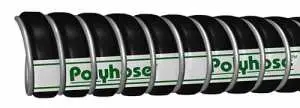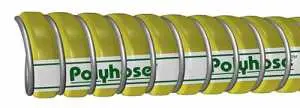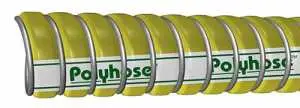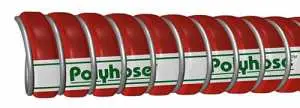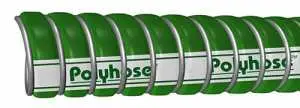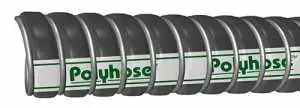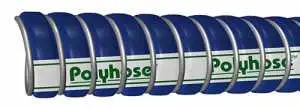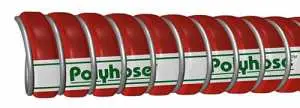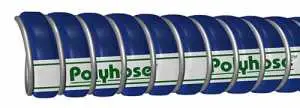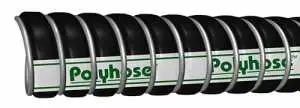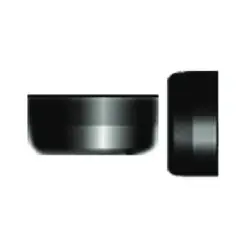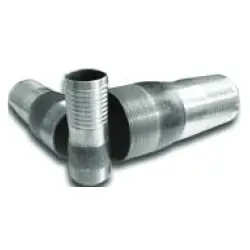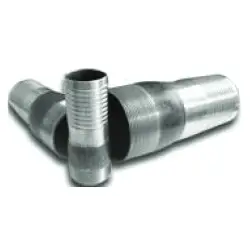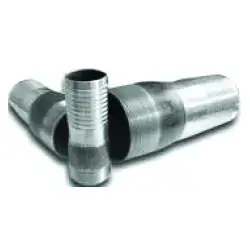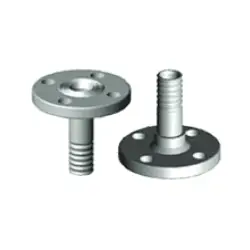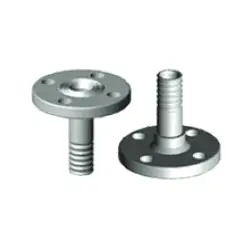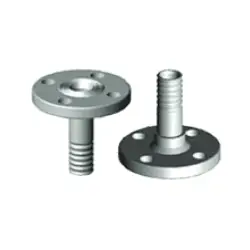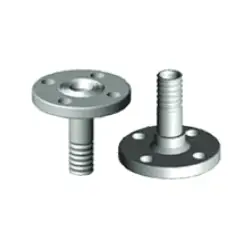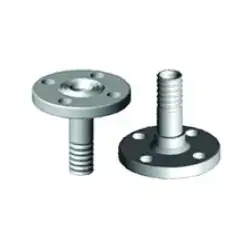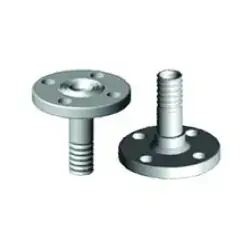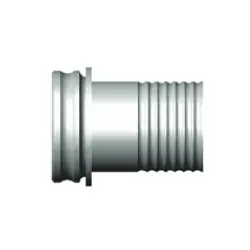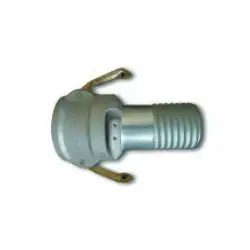COMPOSITE HOSE
FITTINGS
Ready to experience the best in Composite Hose?
FAQs
Q: What are composite hoses made of and how are they constructed?
A. Composite hoses are built from multiple layers of thermoplastic films and fabrics spirally wrapped between inner and outer wire helices. This unique multi-layered construction, without adhesives between layers, provides flexibility, strength, and chemical resistance.
Q. What are the main advantages of using composite hoses?
A. Key advantages include excellent flexibility and easy handling, a low friction coefficient for high flow rates, superior chemical resistance, durability, and a longer lifespan compared to many other hose types. Their multi-layered design also offers enhanced safety.
Q. In which industries are composite hoses commonly used?
A. Composite hoses are widely used in industries such as petrochemical (for fuels and chemicals), chemical processing (for corrosive substances), marine (for ship-to-shore transfer), and for the transfer of various industrial fluids and gases.
Q. Why are composite hoses considered a safe option for transferring hazardous materials?
A. Composite hoses are designed with multiple layers that prevent sudden, catastrophic failure. If a leak occurs, it is more likely to appear as a visible weep through the layers, providing an early warning sign and enhancing safety during the transfer of hazardous materials.
More Info
A. Construction and Design of Composite Hoses
Layered Structure and Material Selection
The unique design of composite hose involves multiple layers of thermoplastic films and fabrics that are spirally wrapped. This layered approach, crucial for preventing permeation and ensuring chemical compatibility, is executed without adhesives, contributing significantly to the hose’s inherent flexibility and resistance to material fatigue over time and use.
Role of Internal and External Helix Wires
Integral to the structural integrity and functionality of composite hoses are the internal and external wire helixes. The inner wire provides essential support, particularly preventing collapse during suction applications, while the outer wire helix serves as protection against external abrasion and mechanical damage, securely binding the various layers together.
B. Key Advantages of Composite Hoses
Superior Chemical Compatibility and Handling
Composite hose offer distinct benefits over conventional hose types like rubber or metal, primarily their exceptional resistance to a wide array of corrosive chemicals, acids, alkalis, and solvents due to their multi-layered thermoplastic construction. Furthermore, they are notably lighter and more flexible, greatly simplifying handling and installation processes, especially in confined or complex operational areas.
Enhanced Safety Through Design Characteristics
A key safety advantage of composite hose is their reduced susceptibility to sudden, catastrophic bursts. Instead, potential failure is more likely to manifest as a gradual ‘weep’ through the layers, providing a critical early warning signal to operators. This design feature enhances safety protocols compared to hose types prone to abrupt failures.
C. Applications Across Industries for Composite Hoses
Critical Use in Hydrocarbon and Chemical Transfer
Composite hose are fundamental components in the petrochemical sector, widely deployed for the safe and efficient loading and unloading of fuels, oils, and diverse chemicals at refineries, terminals, and onboard tankers. Similarly, the chemical industry relies heavily on their robust chemical resistance for the secure conveyance of aggressive media.
Versatility in Marine and Extreme Conditions
Beyond petrochemicals, composite hoses are vital for marine transfer operations, including ship-to-shore and ship-to-ship bunkering. Their construction also makes them suitable for handling cryogenic fluids, showcasing their capability to maintain performance and integrity across a broad spectrum of temperatures, including extremely low ones, demonstrating their versatility in demanding applications relevant to suppliers like Polyfit.ae.

